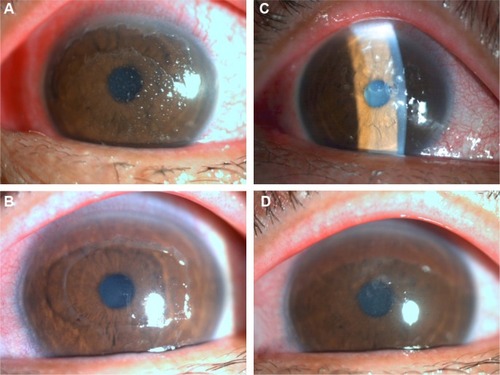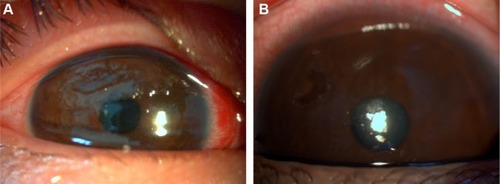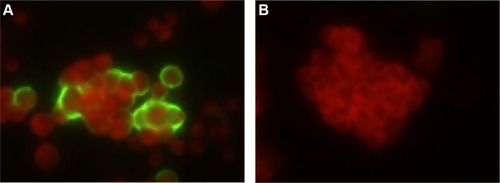Figures & data
Figure 1 Case 1: a 44-year-old male.

Figure 2 Case 2: A 15-year-old male.

Figure 3 Case 3: a 5-year-old female.

Figure 4 Detection of adenovirus in the HEp-2 cells derived from swab samples of patients by indirect immunofluorescence assay. The cytoplasm and nuclei were stained red by Evans blue, and green fluorescent signals were on adenovirus-infected cells.

